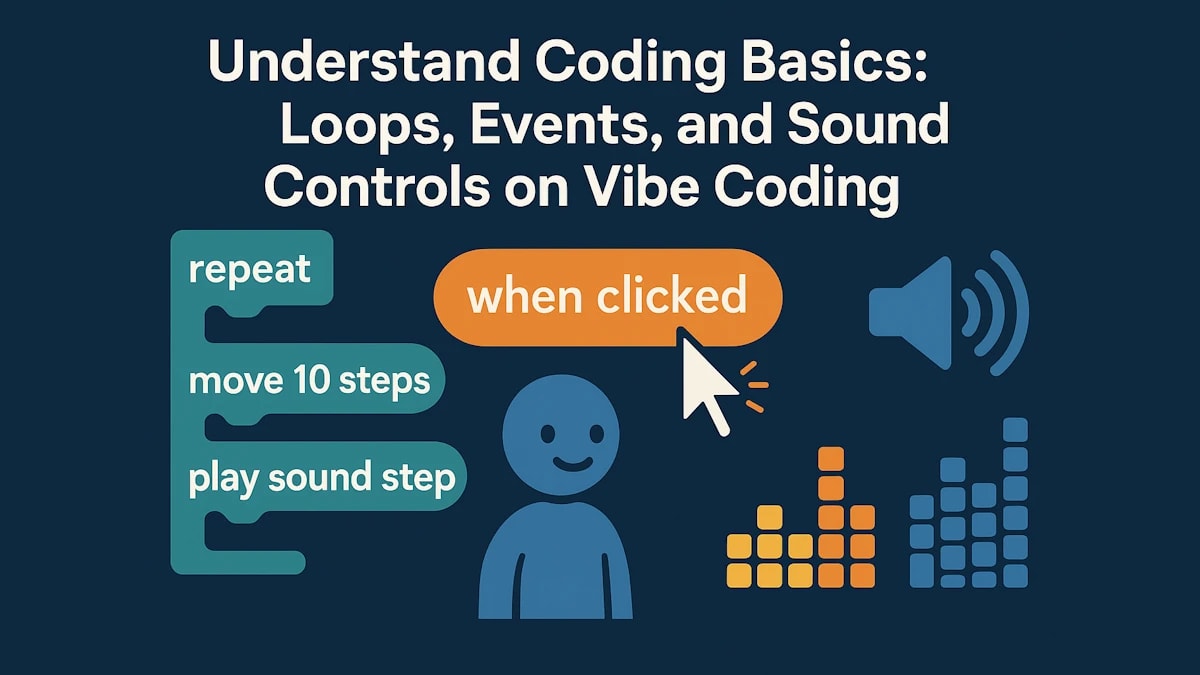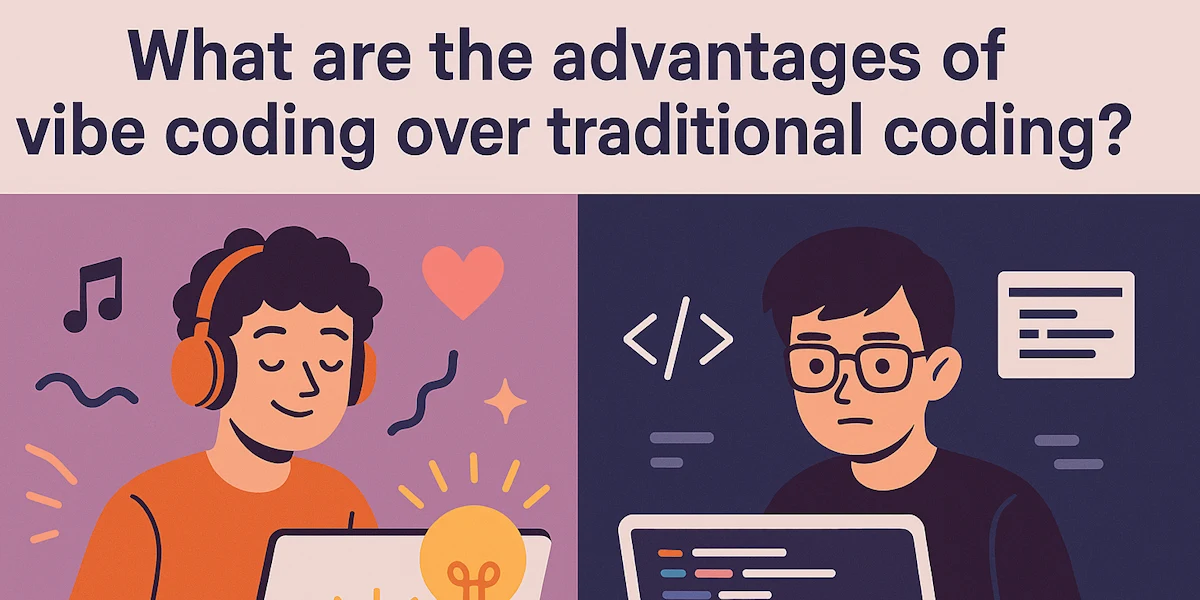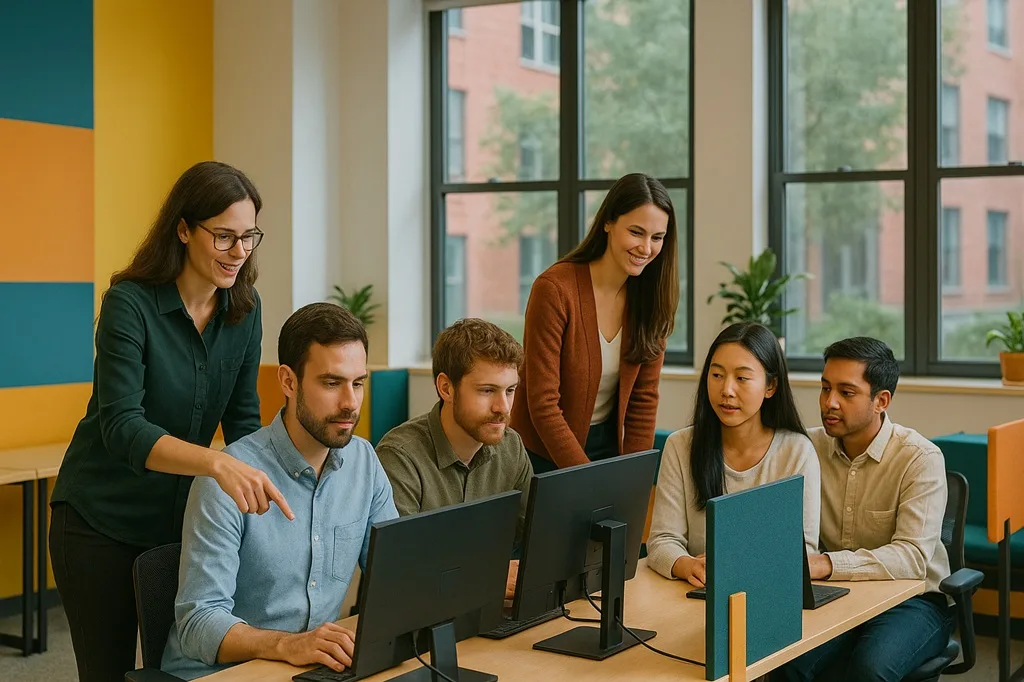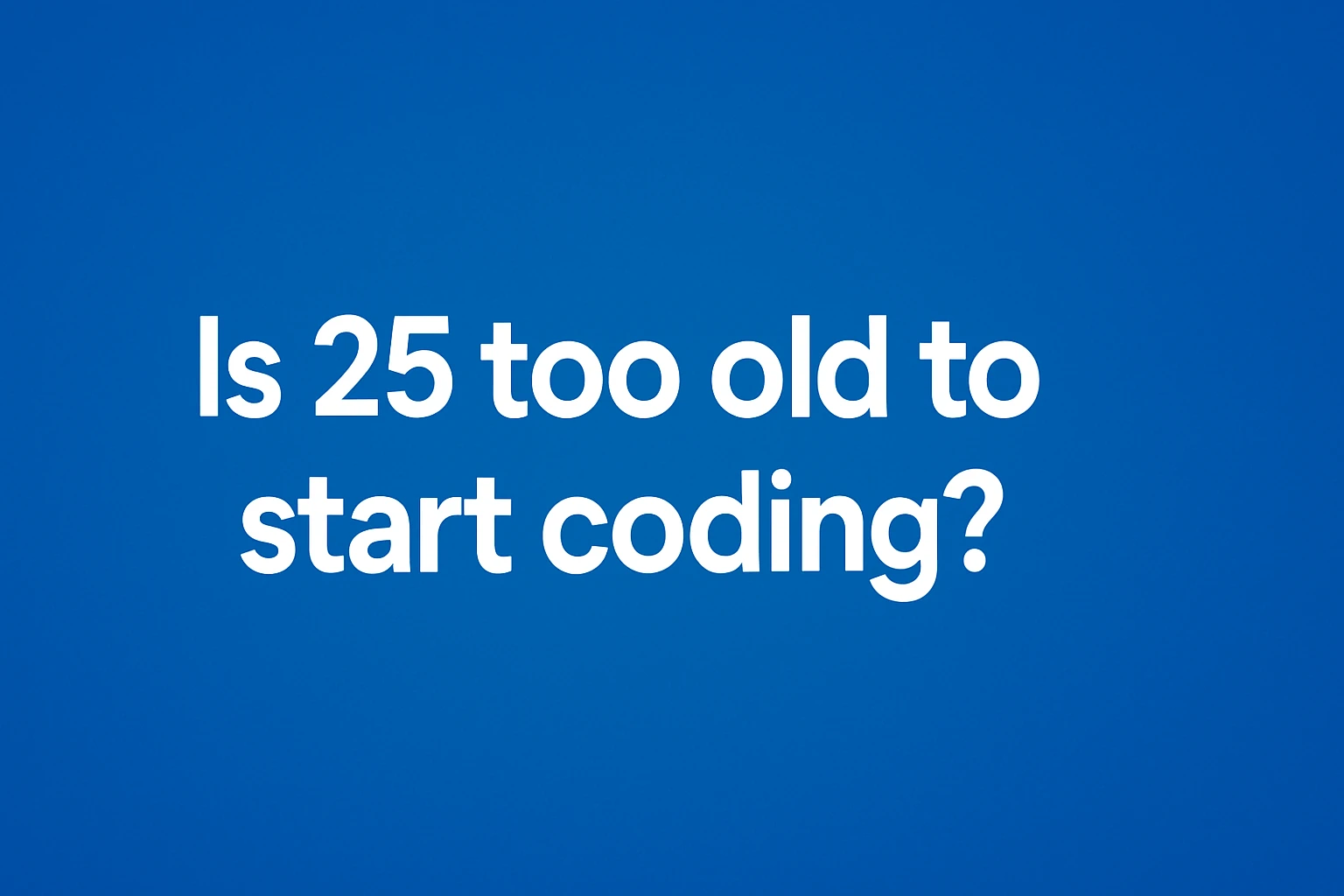Understand Coding Basics: Loops, Events, Sound Controls in Vibe Coding

What is Vibe Coding?
Vibe Coding is an interactive, visual-first coding platform tailored for learners of all ages. It introduces children and beginners to programming concepts through engaging elements like animation, music, and block-based logic. The main focus is not only teaching syntax but encouraging creativity through code.
Loops in Vibe Coding: Repeat with Purpose
Understanding Loops
A loop is a programming structure that repeats a set of instructions until a specific condition is met or for a fixed number of times. In Vibe Coding, loops help users perform repetitive tasks effortlessly.
Types of Loops in Vibe Coding
-
Repeat Loop (Fixed Iteration)
Ideal when you know exactly how many times you want to execute a task. For example, making a character jump 5 times in a row. -
While Loop (Conditional Iteration)
Executes the block until the defined condition is false. Perfect for animations that continue while a key is pressed or until a music track ends.
Example in Vibe Coding
Repeat 10 times:
Move sprite forward
Play step sound
This example shows a loop that makes a sprite move 10 steps forward, playing a footstep sound with each move — a perfect combination of loops and sound controls.
Events in Vibe Coding: Interactivity Starts Here
What are Events?
Events are actions or occurrences that happen during program execution, typically triggered by the user. Vibe Coding uses events to bring interactivity into projects. Events can include mouse clicks, key presses, or even sensor inputs (in hardware projects).
Common Event Types in Vibe Coding
-
On Click Events
Executed when the user clicks on an object or button. -
Key Press Events
Useful for keyboard navigation or triggering actions (e.g., pressing “space” to jump). -
Start Events
Used to run code automatically when the program begins.
Example of Using Events
When green flag clicked:
Play background music
Start character animation
This event-driven structure initiates background music and starts animation, creating a compelling user experience from the very beginning.
Sound Controls in Vibe Coding: Programming with Music
Why Sound Matters in Code
Sound is an engaging tool that enhances user experience and brings projects to life. Vibe Coding allows full control over audio files, offering options to play, stop, loop, and control volume.
Key Sound Features
-
Play Sound
Plays a sound clip once or repeatedly. -
Loop Sound
Continues to play a sound until instructed to stop. -
Stop Sound
Stops a sound either instantly or after fading out. -
Change Volume
Adjusts the playback volume dynamically during runtime.
Combining Sound with Events and Loops
When space key pressed:
Repeat 3 times:
Play drum sound
Wait 0.5 seconds
Here, we use event and loop together with sound control. This creates a drumbeat when the spacebar is pressed — showing how coding can become an interactive musical experience.
Real-World Project: Interactive Dance Party
Let’s apply all three concepts in a real project to understand their synergy.
Project Description
Create a dance party animation where characters dance to a beat when a user clicks “Start”.
Implementation Plan
-
Event Setup
-
Trigger: On “Start” button click
-
-
Loop Integration
-
Characters loop their dance moves
-
-
Sound Control
-
Loop background music
-
Trigger sound effects during dance
-
Sample Code Flow
When Start button clicked:
Play "dance_music" on loop
Repeat 20 times:
Animate character step 1
Play "tap" sound
Wait 0.4 seconds
Animate character step 2
Play "clap" sound
Wait 0.4 seconds
This simple code block shows how loops, events, and sound controls work together to create an engaging project on Vibe Coding.
Educational Impact of Using Vibe Coding
1. Simplifies Complex Concepts
By introducing loops and events through intuitive blocks, students learn logic and sequencing without syntax errors or the pressure of traditional code.
2. Boosts Engagement Through Interactivity
Sound controls and animations elevate the fun factor, keeping students excited and motivated to learn more.
3. Encourages Logical Thinking and Creativity
When students combine logic with creativity, such as designing a beat-based game, they develop computational thinking — a vital skill for modern education.
Tips for Mastering Loops, Events, and Sound on Vibe Coding
-
Experiment with delay times to synchronize sounds and animations.
-
Use nested loops to create more advanced patterns or beats.
-
Assign different sounds to different keys to make your project feel like a playable instrument.
-
Document your flow for larger projects using comments or planning sheets.
-
Try remixing existing projects to understand how others implement loops and events.
Conclusion
Mastering the basics like loops, events, and sound controls on Vibe Coding unlocks a universe of creative and logical potential. These tools not only introduce learners to the core of programming logic but also encourage them to create, explore, and iterate on ideas in a hands-on environment. Whether it's a dance party, an interactive story, or a rhythm game, the possibilities are endless.
Start building, start experimenting, and let your imagination code the future.

Deepak
Vibe Coder specializing in AI-powered development and software architecture.


